Many times it happens to us that we use the same things every day, and we really believe that we know perfectly what they were created for and all the uses they can have.
And it is that the very daily life of the objects is what makes us often overlook certain details that have always been there, but that we have simply ignored over time, thinking that they are things placed at random as a simple “ornament “Or” complement “of many objects.
However, we could not be more wrong with some of these things, because each of the details that the most common objects have, were created with a specific function, and we definitely have to look a little more closely at what we have before us. eyes, to be able to take advantage of each and every one of its functions.
That is why today, we wanted to collect 10+ common objects that we may use on a daily basis, and that have hidden details and specific functions that most of us are probably not aware of.
1) The Pompoms on the top of the hats
 Although today they are placed as ornaments on this garment, these pompoms served an important function, and it was to prevent French sailors from hitting their heads on the roof of ships.
Although today they are placed as ornaments on this garment, these pompoms served an important function, and it was to prevent French sailors from hitting their heads on the roof of ships.
2) Old coins with jagged edges
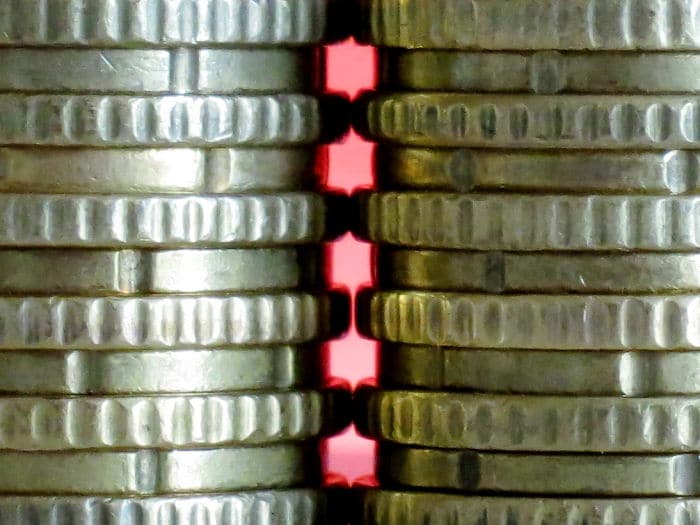 In ancient times, most coins were made of precious metals, so they were worth what they weighed. This caused people to wear the coins on purpose so that some would weigh the same. Therefore, coins with jagged edges were started to prevent this from happening.
In ancient times, most coins were made of precious metals, so they were worth what they weighed. This caused people to wear the coins on purpose so that some would weigh the same. Therefore, coins with jagged edges were started to prevent this from happening.
3) Door handles made of bronze
 This material fulfils a specific function since they are germ and bacteria proof, special to be placed in houses where there are children. Being something that is touched many times with the hands, brass doorknobs are capable of destroying disease-causing agents.
This material fulfils a specific function since they are germ and bacteria proof, special to be placed in houses where there are children. Being something that is touched many times with the hands, brass doorknobs are capable of destroying disease-causing agents.
4) The small buttons of the jeans
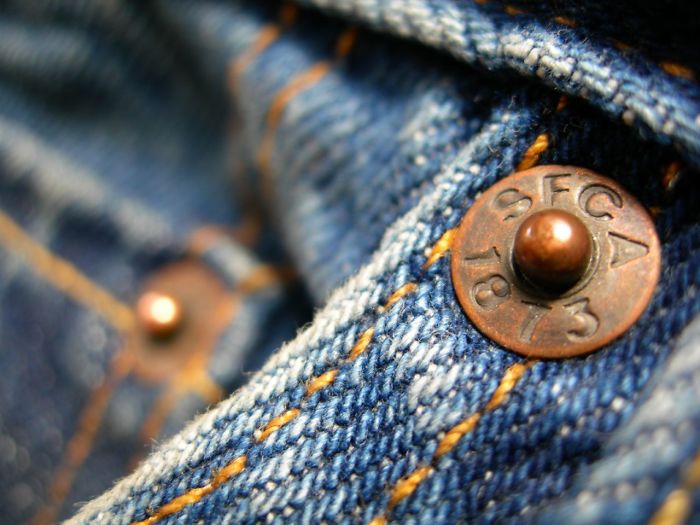
Although many of us thought that they were a simple ornament of the jeans, in reality, these buttons are rivets that serve to fix the seam of the jeans in the most vulnerable areas, making them last much longer.
5) The small hole of the toothpicks in the lollipops
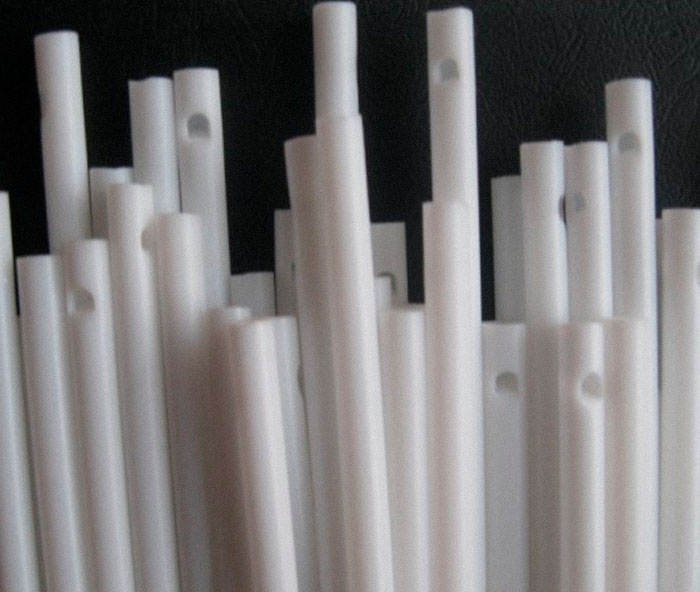 It fulfils an important function since these holes are what allow to fix the toothpick paddle. This is because the melted caramel, while still hot, enters the hole and once it dries, the lollipop is completely attached to the toothpick.
It fulfils an important function since these holes are what allow to fix the toothpick paddle. This is because the melted caramel, while still hot, enters the hole and once it dries, the lollipop is completely attached to the toothpick.
6) Two-color erasers
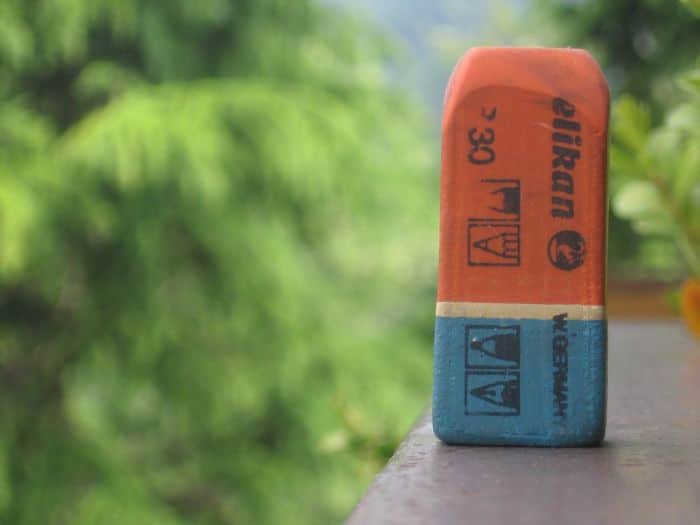 Many of us break the pages of our notebooks several times, trying to erase ballpoint ink with the blue part. But in reality, the pink part is used to erase things on delicately textured sheets and thin pencils, and the blue part is intended to be used on much thicker papers and pencils.
Many of us break the pages of our notebooks several times, trying to erase ballpoint ink with the blue part. But in reality, the pink part is used to erase things on delicately textured sheets and thin pencils, and the blue part is intended to be used on much thicker papers and pencils.
7) Women’s clothing with buttons on the left side
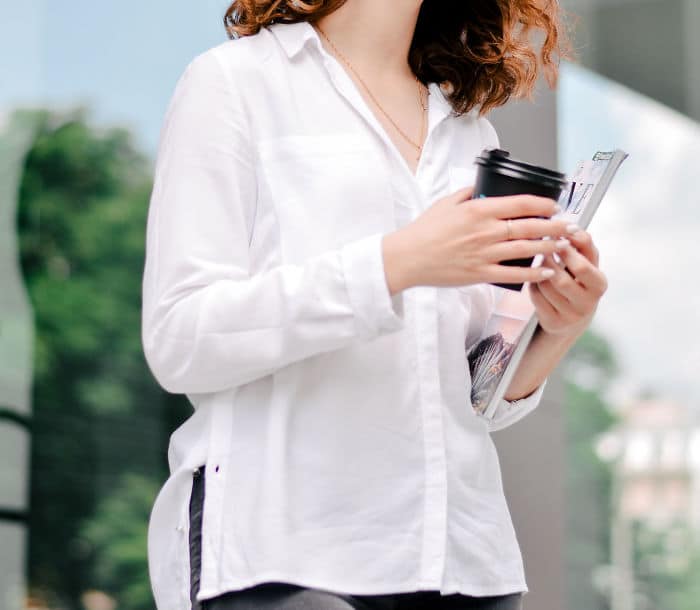 During older times, the placement of buttons indicated a woman’s social status. When it was about someone wealthy and who had the possibility of buying buttons, they were placed on that side so that the maids who dressed them, could have better access to fasten and unbutton them.
During older times, the placement of buttons indicated a woman’s social status. When it was about someone wealthy and who had the possibility of buying buttons, they were placed on that side so that the maids who dressed them, could have better access to fasten and unbutton them.
8) Martingales on the back of jackets

One of its functions is to reduce the waist of the garment to be worn with better style. However, martingales were created in ancient times to be used in large military jackets that soldiers used as blankets, and with them, they could walk without problems, while collecting any extra material.
9) Buttons and extra fabric that come with new clothes
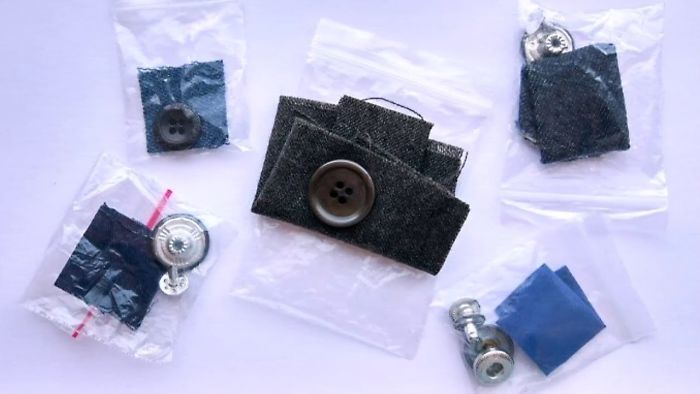 Of course, the buttons are meant to replace one in case it is broken or lost, and the fabric is used to repair holes in the event of an accident. But what few know is that this extra material was created with the true function of testing cleaning products and making sure they cannot damage the garment.
Of course, the buttons are meant to replace one in case it is broken or lost, and the fabric is used to repair holes in the event of an accident. But what few know is that this extra material was created with the true function of testing cleaning products and making sure they cannot damage the garment.
10) The wrench hole
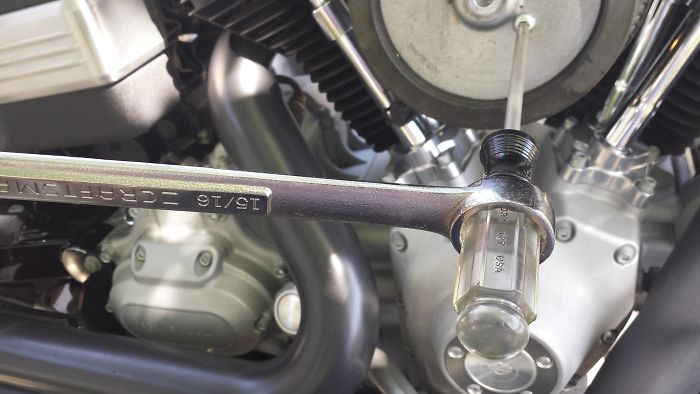 Although one of its functions is to tighten or loosen nuts, it also serves to insert the handle of the screwdriver to be able to turn it from difficult-to-reach angles.
Although one of its functions is to tighten or loosen nuts, it also serves to insert the handle of the screwdriver to be able to turn it from difficult-to-reach angles.
11) Margins on notebook sheets
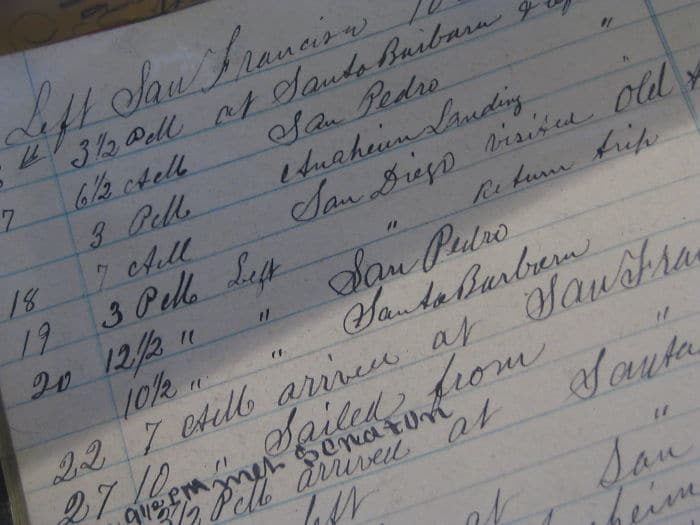 In school, they teach us that all margins are guidelines that we must respect when writing. However, these were created because in ancient times, there were many rodents roaming anywhere, so they used to eat the sheets of paper. That is why by placing margins on the pages of the notebooks if it happened that rats ate the edges, the writing that was inside them could be safeguarded.
In school, they teach us that all margins are guidelines that we must respect when writing. However, these were created because in ancient times, there were many rodents roaming anywhere, so they used to eat the sheets of paper. That is why by placing margins on the pages of the notebooks if it happened that rats ate the edges, the writing that was inside them could be safeguarded.
